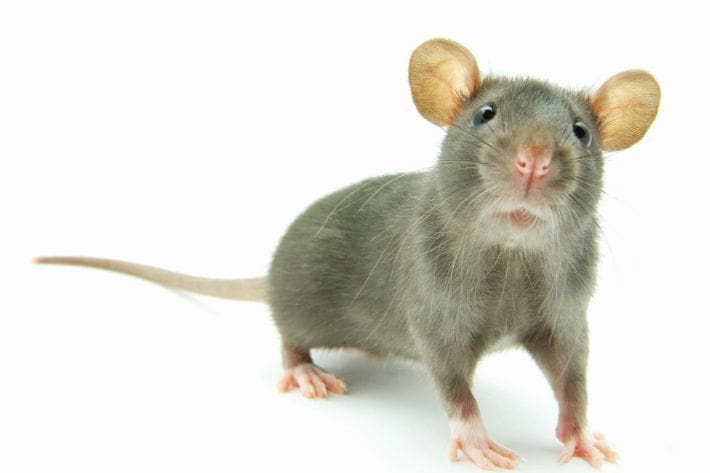
Common Pests
Here’s a list of some of the common pests in the St. Louis area. For more detailed information, here is a link to a Wikipedia list of common household pests. List of common household pests

Ants
Ants are pests around the home because they feed on and contaminate human foods, infest structures, and build unsightly mounds in lawns. In some cases, ants can inflict painful bites or stings. Ants do not attack or eat fabrics, leather, or wood in houses; however, some species can establish nests in decaying wood in structures. Ants can be recognized by other insects because they have a narrow waist called a pedicel, with either one or two nodes (joints) between the thorax and abdomen. Also, ants have elbowed antennae. Winged reproductive ants have four wings, with the first pair being much larger than the hind pair. Ants are frequently confused with termites. However, termites have a broad waist, straight antennae, and four wings of equal size.
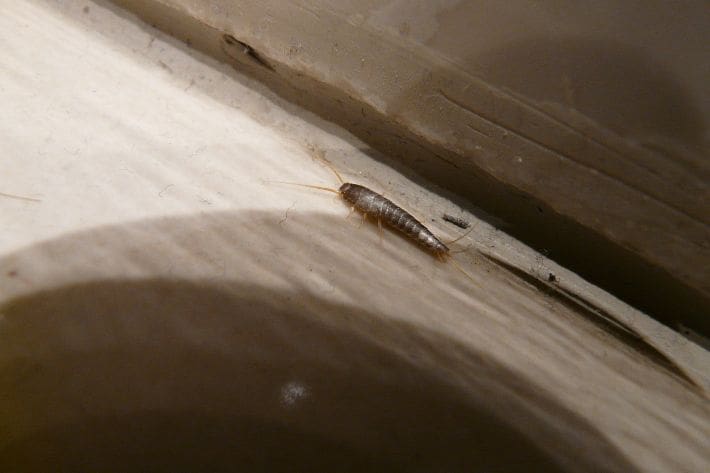
Bed Bugs
Bed Bugs are parasites that feed on the blood of people and certain animals, and they require these blood meals to grow and reproduce. They live close to areas where people typically sleep, rest, or sit for long periods. Hungry bugs will move out from their hiding places in search of exposed skin. Typically, the head and neck are bitten, but bed bugs will also bite bare arms, hands, and legs. When searching for a place to feed, these bugs can move very quickly. Once an appropriate site is found, they feed for 2–5 minutes until full and then move quickly away from the person. Remember, these insects are small (1/16″ to 1/4″) and very flat, so they can move into very tight corners and cracks.
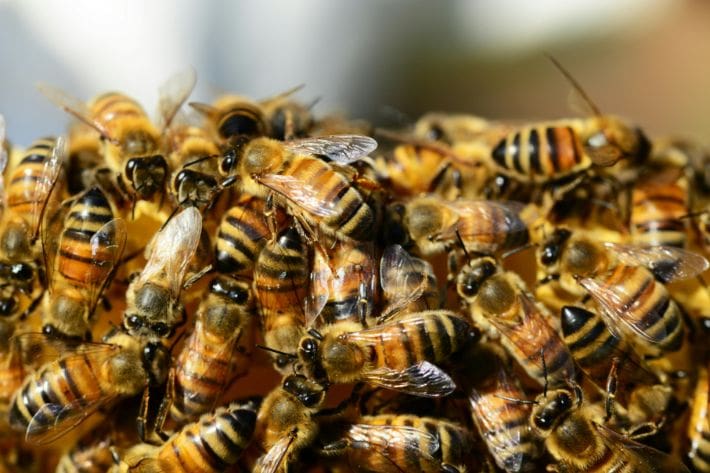
Bees, Hornets, and Wasps
Bees, hornets, and wasps are a beneficial group of insects for the most part. They are major pollinators of flowering plants. They are categorized as either solitary or social. Solitary species are those that live independently of each other, while social species live together in colonies or nests. Common solitary groups include carpenter bees, mud daubers, and velvet ants. Social groups include bumblebees, honey bees, hornets, paper wasps, and yellow jackets.

German Cockroaches
The German cockroach is by far the most important and usually the most common of all cockroach species. In addition to being a nuisance, it has been implicated in outbreaks of illness and asthma and is worldwide in distribution. German cockroaches are found throughout structures but prefer warm and humid places. They are usually found in kitchens and bathrooms, but may also be found where people eat food and drink. Any crack or crevice located near a food or water source is prime harbor age. German cockroaches feed on anything that has nutritive value, including all kinds of human food sources, as well as soap, glue, or toothpaste. They are commonly introduced into buildings through the transfer of paper products, grocery bags, cardboard boxes, drink cartons, and secondhand appliances and furniture. They seldom live or travel outdoors.
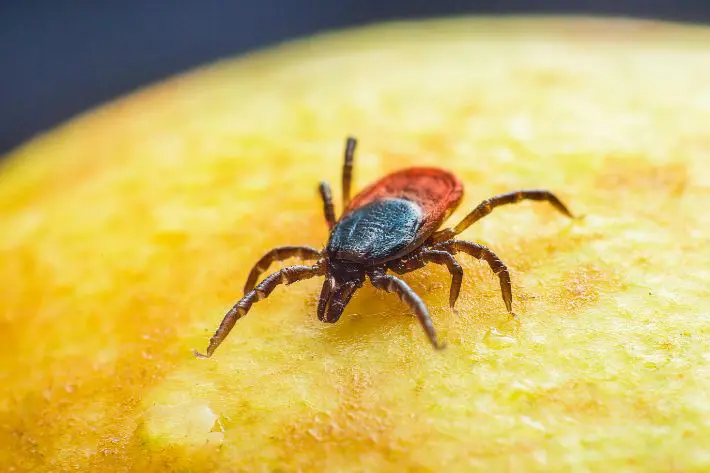
Fleas
Fleas are one of the most frequently encountered and most troublesome pests that attack humans and their pets. Fleas are small reddish-brown wingless blood-sucking insects. Their bodies are flattened from side to side, allowing easy movement between the hairs of your pet. The legs of a flea are long and readily adapted for jumping. A flea has mouthparts that are readily adapted for sucking blood.
The adult flea may attack a variety of warm-blooded animals, including dogs, cats, humans, chickens, rabbits, squirrels, rats, mice, etc. The female flea must have a blood meal to develop and lay eggs. Fleas may lay up to 500 eggs over several months. Eggs hatch in 1–12 days. Larvae avoid light and feed on particles of dead matter in the area. Within 7–14 days, flea larvae will pupate. The cocoon of the flea pupae will emerge in 5 days to five weeks if a host is present. The adult flea immediately begins its search for blood.
Flea control must involve two things to be successful. First, the pet must be treated to prevent fleas from living on the host. Second, the premises must be treated to eradicate the non-adult stages of the flea and to prevent reinfestation of the pet. Proper communication between the homeowner and pest control professional and thorough preparation of the premises before treatments are rendered is important to flea control. Don’t be alarmed if you continue to see fleas for up to two weeks after treatment. These fleas are newly hatched from their protective pupae cases. Once exposed to the insecticide residual, they will also be eliminated.
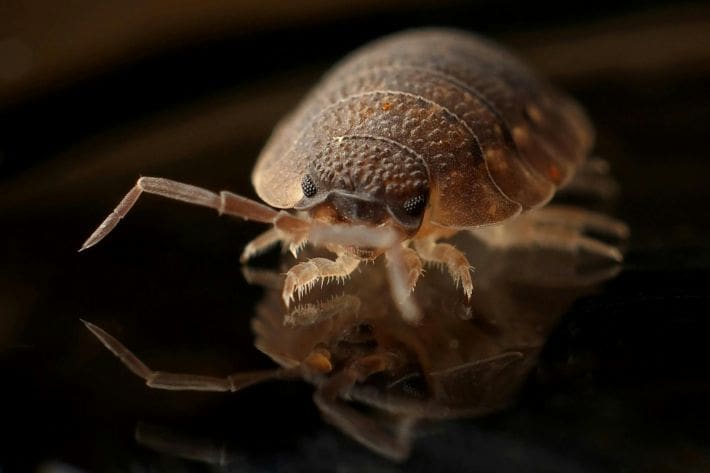
Silverfish and Firebrats
Silverfish and firebrats are common in homes. The silverfish lives and develops in damp, cool places. Large numbers may be found in new buildings where newly plastered walls are still damp. The fire brat lives and develops in hot, dark places, such as around furnaces and fireplaces, and in insulation around hot water and steam pipes. Silverfish and firebrats follow pipes through walls in search of food. They may be found in bookcases, around closet shelves, behind baseboards, windows, or door frames. Both of these insects are slender and wingless. They are covered with scales. Adults are about 1/3 to 1/2 inch long. Silverfish are shiny and silver to pearl-gray. Firebrats are mottled gray. Young insects resemble the adults, except they are smaller. Both have 2″ long antennae attached to their heads and have 3 tail-like appendages at the hind end. Each appendage is almost as long as the insect’s body. Silverfish and firebrats are active at night and hide during the day. When objects under which they hide are moved, they dart about seeking a new hiding place. Under normal conditions, they develop slowly and have few young. They can live for several months without food.
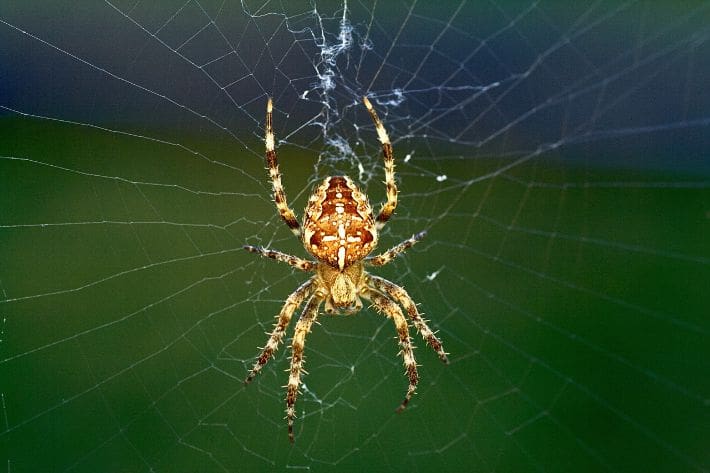
Spiders
There are about 1000 species of spiders in the United States. They live everywhere, including homes and buildings. Some species can bite humans and inject venom into the skin. The brown recluse and the black widow are considered venomous spiders. However, most spiders are not harmful to man. All spiders have 8 legs and 2 body regions. They are predators, feeding primarily on insects and other arthropods. When feeding, spiders inject a digestive fluid into their prey and then suck up the digested food. They can survive for long periods without feeding. Spiders are of interest because some enter homes, some are considered poisonous, and others are still raised as pets. Several species of spiders enter homes and become a nuisance. When numerous, spiders are annoying because they construct webs. Abandoned webs collect dust, resulting in cobwebs. However, spiders are considered beneficial because they feed on insect pests.
Rodents and Small Animals
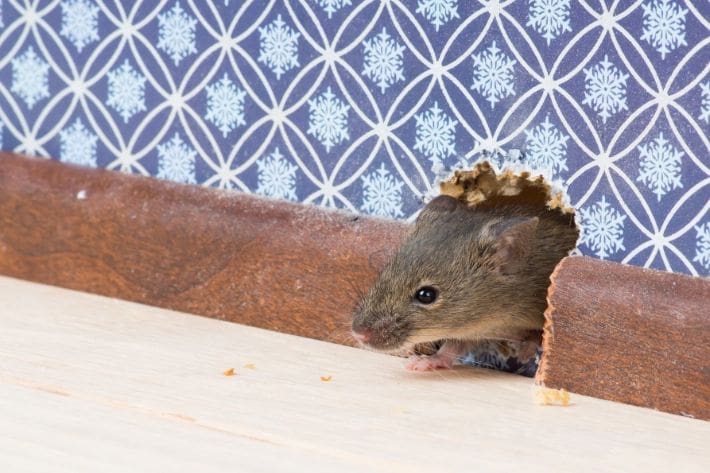
Rats and Mice
Rats and mice are pests that enter homes and warehouses, searching for food and harbor age. These rodents eat any kind of food that people eat. They also contaminate much more food than they eat with urine, droppings, and hair. They can transmit diseases such as bubonic plague, murine typhus, and bacterial food poisoning. Many times, rats bite people. They can also cause damage and fires to our structures by gnawing. The most common rodent pests are the commensal rodents. These are the rats and mice that have adapted to living with man and sharing his food and shelter. They include the Norway rat, the roof rat, and the house mouse.

Squirrels
Proper sanitation and maintenance will prevent most problems. Most urban squirrels owe their existence to humans. We supply both food and shelter without thinking. A house is just another funny-looking tree to the squirrel. Why should the squirrel spend days cutting and hauling twigs up a tree to build a nest when there is a perfectly good attic to sleep in? It's warm, out of the weather, and they don’t have to worry about predators coming in. Just add leaves or fluff and call it home.
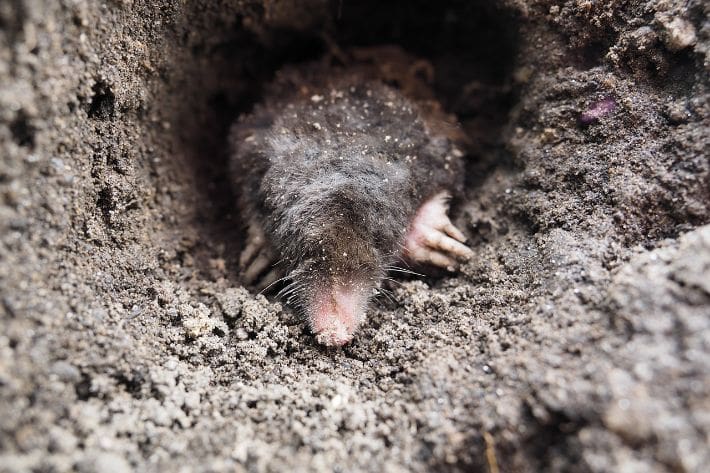
Moles
The average mole is about the size of a chipmunk, the exception being the shrew mole, which is approximately the size of a small mouse. They are found to weigh anywhere from 1/4 ounce to 6 ounces. The mole has very small eyes and ears, both of which are hidden in its fur and have limited sensitivity. It is believed that the mole can detect the presence or lack of light, but it cannot see. It is also believed that most moles, except the Star-nosed mole that has excellent hearing, may only be able to detect vibrations with its undeveloped ears. As a result of these two sensory “blindness”, the average mole has highly developed senses of smell and touch. The forefeet of the mole are proportionally very large to the rest of the body; its palms are typically wider than they are long, with webbed digits tipped with claws. The hind feet of the mole are small, narrow, and clawed.
